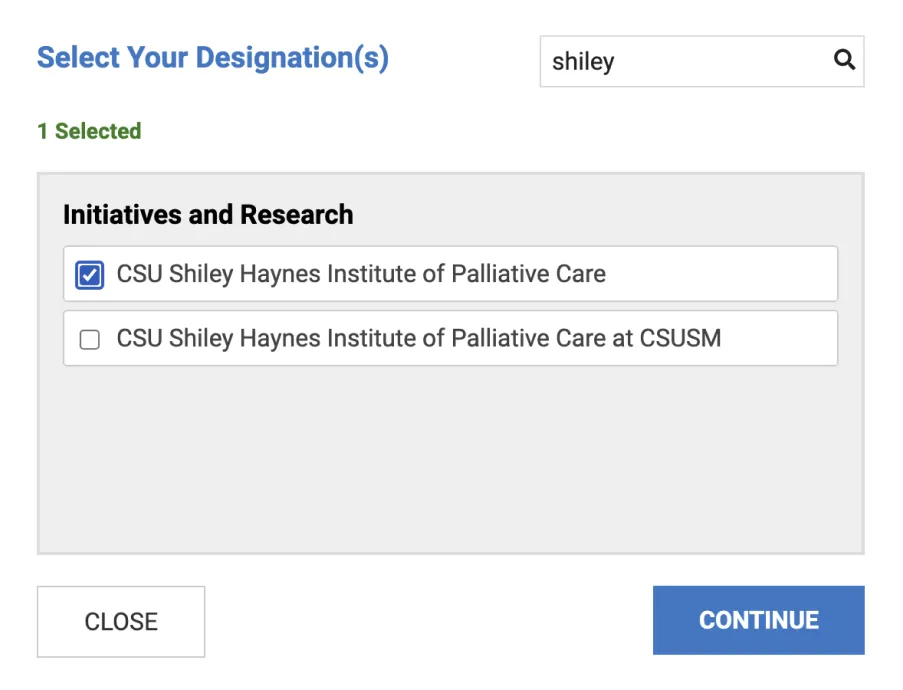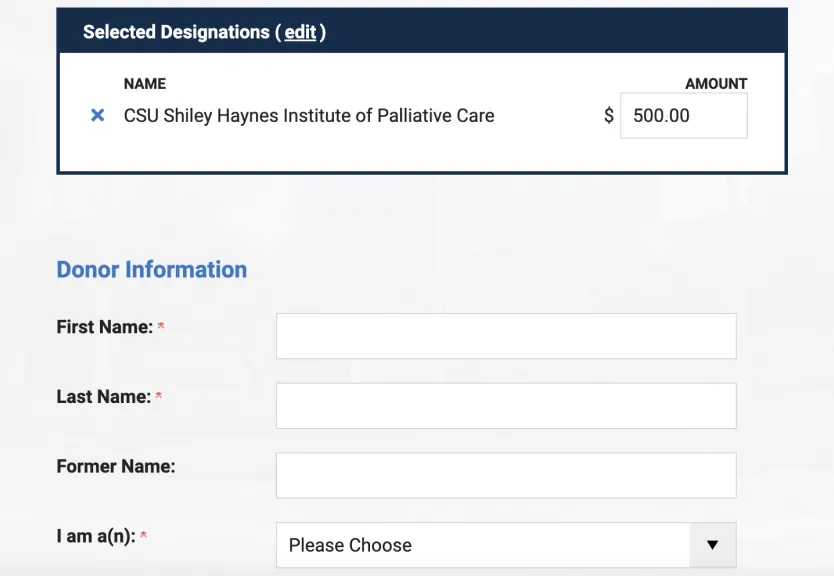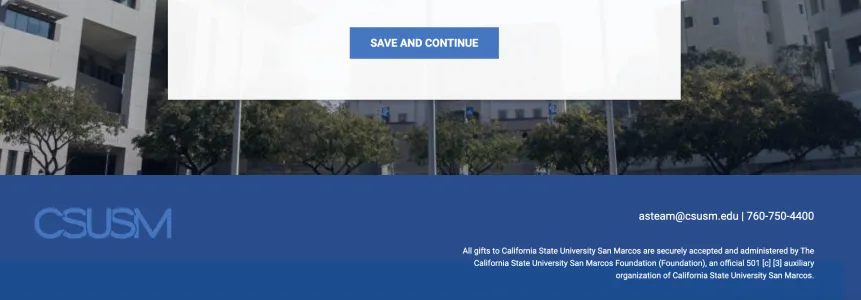By the Reverend Sue Wintz
Not long ago I was given a book on grief, one of those self-published books that anyone can write and sell on Amazon. The basic premise being promoted by the author is that grief can “be defeated” if one just has enough faith in whatever spiritual/religious tradition they embrace. If one is struggling with grief, the author says, they need to have “increased faith” and “quit stewing.” “Too much latitude is encouraged especially in terms of time for grief,” according to the writer. “One cannot rest in peace if his or her loved ones are stewing in excessive grief.”
In other words, the author is saying that if someone is grieving the death of a loved one, he or she simply needs to “get over it.” That really made me feel angry.
I am a Presbyterian minister, a board-certified professional chaplain, and a person with training in counseling, with specific expertise grief and bereavement. This particular book’s author, on the other hand, was written by a person who is not educated or credentialed as either a religious leader or a counselor/psychologist. Yet the author tells grieving people to choose a faith (or consult a medium — seriously, that’s what is written) in order to “participate” in their grief in a way that “will be shallow and brief.”
I’m also a bereaved parent, and even though it has been 10 years since the death of our daughter, I still grieve for her. Grief is a journey and an event that affects our lives forever. It does not mean we cannot continue to participate in life and find joy, but the reality is that after a loved one’s death we look at life through a different lens.
Recently I read an article in the American Journal of Psychiatry about a study done by Columbia University’s Mailman School of Public Health that revealed that there is a link between sudden grief and the onset of mental health disorders like mania, post-traumatic stress disorder (PTSD), and depression.
The article did not surprise me at all. Our daughter’s death was sudden and traumatic. At the time where I was working in a large teaching hospital where every day I was called to the emergency department to provide care to families whose own loved ones died after car accidents and other traumas. I found myself feeling overwhelmed.
While my faith in God didn’t waver — I knew God didn’t cause the accident; it was caused by the careless decision of an adult who chose to speed and accelerate through a red light — I sure was angry with God. I knew that was normal too. However, it still created a significant amount of spiritual distress along with the emotional distress of grief.
Fortunately, I mentioned this one day in passing when I was with a good friend. She stopped the conversation and asked me to tell her more. She gently suggested that while my feelings were normal, I was also showing signs of depression beyond the grief as well as symptoms of post-traumatic stress. “You’re doing so much to take care of everyone else; you need to take care of yourself.”
Because of her willingness to listen and look for the signs, she was able to see what I couldn’t see for myself. My grief, which I thought I was managing (“and you are doing so very well,” she said) was something I didn’t need to work so hard to cope with it on my own. We agreed on a plan: I would go and talk with my family physician, who was just as supportive, and we too agreed on a plan — counseling, a short course of medication, and becoming a participant in a grief support group for a time rather than being a leader of one.
There are times when grief’s accompanying depression, anxiety, emotional and spiritual distress becomes too difficult for the bereaved person to bear. That’s when the right resources need to be activated. Families, friends, and co-workers need a basic knowledge of grief in order to normalize the bereaved person’s experience and provide them support. We also need to understand when a bereaved person needs additional mental health support when the trauma becomes difficult to manage.
That plan didn’t “cure” my grief or take away the sadness that I still carry with me (as the author of the book I read says must happen). There are times when it comes back with a vengeance. During most of those grief-bursts I find I can manage with the resources I have in place that work for me — meditation, exercise, activating my support system — however, there have been a couple of times when I’ve gone back to my doctor for help in identifying appropriate short-term interventions.
Of course, there are other examples of mental health issues that we can face in our daily lives. Stress has been shown through studies to be on the rise due to a number of factors. Living with a chronic or life-threatening disease, caring for a sick or elderly family member, post-traumatic stress, or dealing with the magnitude of responsibilities one has to make ends meet can all cause emotional and spiritual distress. Sometimes these lead to mental health issues that need further attention.
I was fortunate that I had a friend who, while not a professional health provider, knew enough about basic mental health to recognize 10 years ago that I was struggling. She didn’t try to talk me out of my grief, placate me with platitudes, or take the easy way out my ignoring my comments altogether. Instead, she listened and took the step of faith and friendship to tell me I needed to check in with a professional about what I was feeling.
Knowing the indicators of a potential mental health challenge is something that all of us, professionals and non-professionals alike, need to be aware of. In fact, it is something that I would urge we set aside time to learn more about.
Educational opportunities are becoming more and more available within our communities and online. Many are being designed for those who don’t work in professional care fields, but who want to become more informed about mental health issues, what signs need to be looked for, and how to respond. Check your community organizations, not just mental health centers, but also community colleges who are offering short-term, free, or low-cost programs.
Professionals who encounter mental health situations on a regular basis and those who work with the general public, including educators, health care providers, and religious leaders, need to make learning more a priority of their continuing education. There are an increased number of programs now available.
Because of what I have learned from my own experience, I have been able to help others by now teaching health professionals what they need to look for in order to care for not only their clients’ bodies and minds, but also their spirits. Those who are experiencing grief, serious illness, post-traumatic stress, or facing the end of their lives need the understanding, support, and resources necessary not only to cope, but to find meaning and comfort.
Let us not be afraid to talk about, learn more, and recognize mental health issues — not just in those we love, but also in ourselves. Read. Take a course. Be part of the discussion. Make a difference.
Rev. Sue Wintz is a board certified health care chaplain with over 30 years of clinical, administrative, educational design, development and teaching experience. She is Director for Professional and Community Education at HealthCare Chaplaincy Network in New York, and managing editor of the online professional journal PlainViews. Sue is a past president of the Association of Professional Chaplains.
For more information on the course Rev. Wintz is facilitating, Mental Health Fundamentals in Spiritual Care – What Everyone in Palliative Care Should Know, which begins July 14 and is offered by HealthCare Chaplaincy Network and the California State University Shiley Institute for Palliative Care, click here .
For more by The Rev. Sue Wintz, click here.




